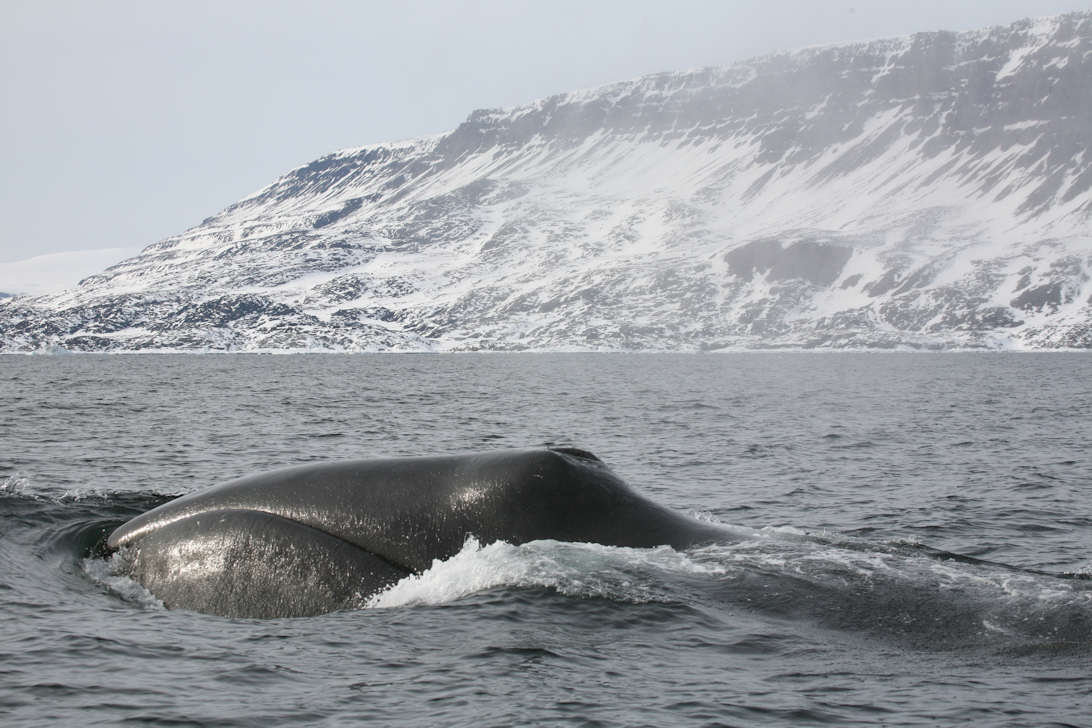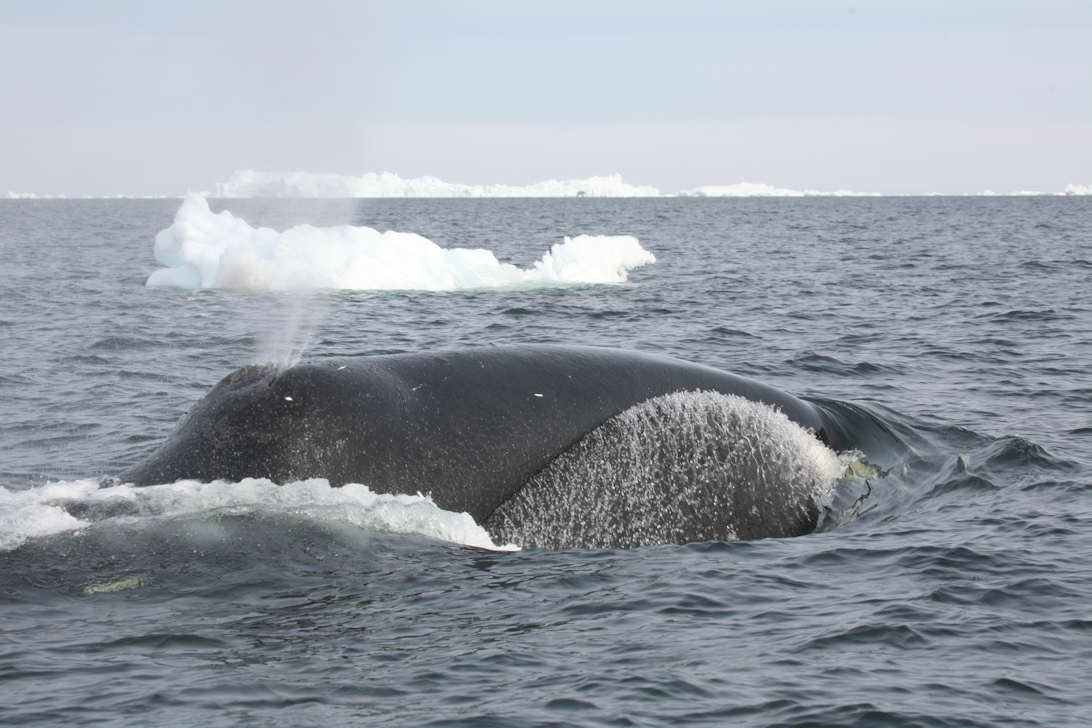Why sequence the bowhead whale genome?
Bowhead whales have not only been estimated to live over 200 years, making this the longest-lived mammal, but these animals also exhibit very low disease incidence until much more advanced ages than humans. The mechanisms for the longevity and resistance to aging-related diseases of bowhead whales are unknown, but it is clear they must possess aging prevention mechanisms. In particular in context of cancer, bowhead whales must have anti-tumour mechanisms, because given their large size and longevity, their cells must have a massively lower chance of developing into cancer when compared to human cells. As such, our goal by sequencing the genome of the bowhead whale is to help identify longevity assurance mechanisms and to provide a resource that other scientists can use to study this extraordinary species.
Who is working on this project?
This project is being coordinated by Pedro Magalhães and the Integrative Genomics of Ageing Group (Liverpool, UK). Other collaborators include Jeremy Semeiks & Nick Grishin (Dallas, USA), Knud Larsen & Bo Thomsen (Aarhus, Denmark), Jong Bhak (Korea), George Church (Boston, USA), Gary Stuart (Indiana State University, USA), John Patton (Purdue University, USA), John Bickham (Houston, USA), Craig George & Robert Suydam (North Slope Borough Department of Wildlife Management, USA). Our goal is to facilitate and foster further research into long-lived animals. Any comments and suggestions are also appreciated.
Funding was provided by the Methuselah Foundation and the Life Extension Foundation.
What is the current status of this project?
The Balaena draft genome was sequenced at ~150x coverage using the Illumina HiSeq platform and the assembly, generated with ALLPATHS-LG, is considered final (although we cannot exclude future additional sequencing, we have no plans to pursue this in the foreseeable future). A stable version (1.0) of the annotation was also generated with MAKER2 and homologs identified with BLAST. Further identification of homologs in human, mouse and cow was performed using the OPTIC pipeline.
A BLAST server and all data are available on this site for the community to use.
Our aim is for this project to be a community effort, so anyone wishing to help or collaborate in this endeavour is welcomed to contact us.
Conditions of use
There are no restrictions on the use of our portal or the genome data. It may be freely downloaded and used for all purposes. If you find our resource useful and/or employ our Balaena genome data then please cite our paper (see below) in publications, presentations, etc.
How to cite this resource
To cite the Bowhead Whale Genome Resource and/or the Balaena genome data please use:
Keane M, Semeiks J, Webb AE, Li YI, Quesada V, Craig T, Madsen LB, van Dam S, Brawand D, Marques PI, Michalak P, Kang L, Bhak J, Yim HS, Grishin NV, Nielsen NH, Heide-Jorgensen MP, Oziolor EM, Matson CW, Church GM, Stuart GW, Patton JC, George JC, Suydam R, Larsen K, Lopez-Otin C, O'Connell MJ, Bickham JW, Thomsen B, de Magalhaes JP (2015)
Insights into the evolution of longevity from the bowhead whale genome. Cell Reports. 10, 112-120.
References
- George JC, Bada J, Zeh J, Scott L, Brown SE, O'Hara T, Suydam R (1999). Age and growth estimates of bowhead whales (Balaena mysticetus) via aspartic acid racemization. Can J Zool 77, 571-580.
- de Magalhaes JP, Sedivy JM, Finch CE, Austad SN, Church GM (2007). A proposal to sequence genomes of unique interest for research on aging. J Gerontol A Biol Sci Med Sci. 62, 583-584.

